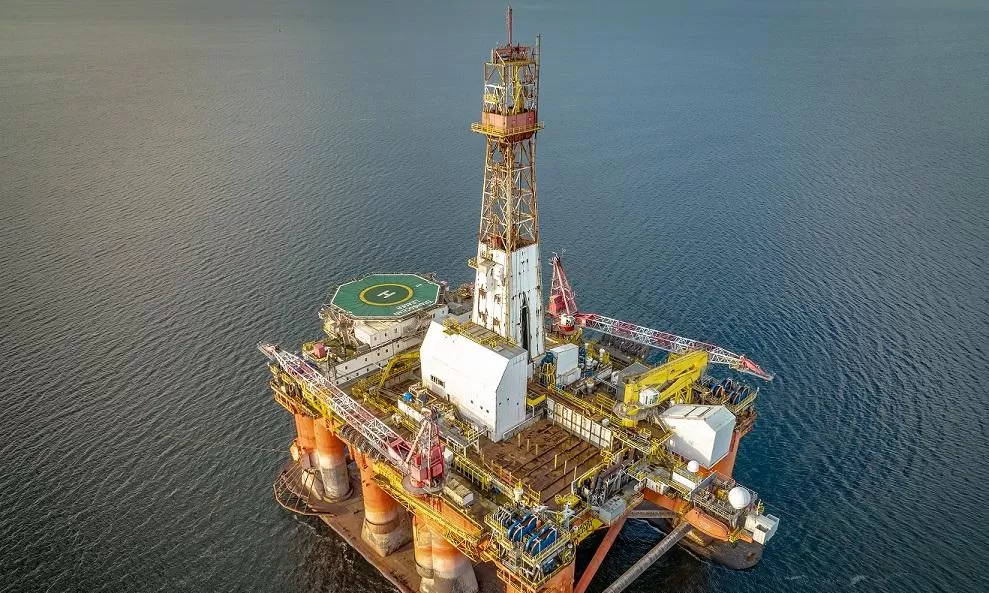
Don't miss this comet selfie
text_fieldsWashington: The European Space Agency’s Philae lander has snapped a “selfie” of one of the Rosetta spacecraft’s 16-metre solar arrays, with a comet hovering in the background some 16 km away.
This is the last image from the Philae lander before it separates from Rosetta Nov 12 to land on the comet named 67P/Churyumov-Gerasimenko, NASA said in a statement.
In the image, the active ‘neck’ region of the comet is now clearly visible with streams of dust and gas extending away from the comet.
The primary landing site, currently known as “Site J”, can also be seen on the smaller lobe of the comet.
Launched in March 2004, Rosetta was reactivated in January 2014 after a record 957 days in hibernation.
Composed of an orbiter and lander, Rosetta's objectives since arriving at comet 67P/Churyumov-Gerasimenko earlier this month have been to study the celestial object up close in unprecedented detail, prepare for landing a probe on the comet's nucleus in November, and following the landing, track the comet's changes as it sweeps past the sun.
Rosetta's lander will obtain the first images taken from a comet's surface and will provide comprehensive analysis of the comet's possible primordial composition by drilling into the surface.
Rosetta also will be the first spacecraft to witness at close proximity how a comet changes as it is subjected to the increasing intensity of the sun's radiation.
Observations will help scientists learn more about the origin and evolution of our solar system and the role comets may have played in seeding Earth with water, and perhaps even life.

















